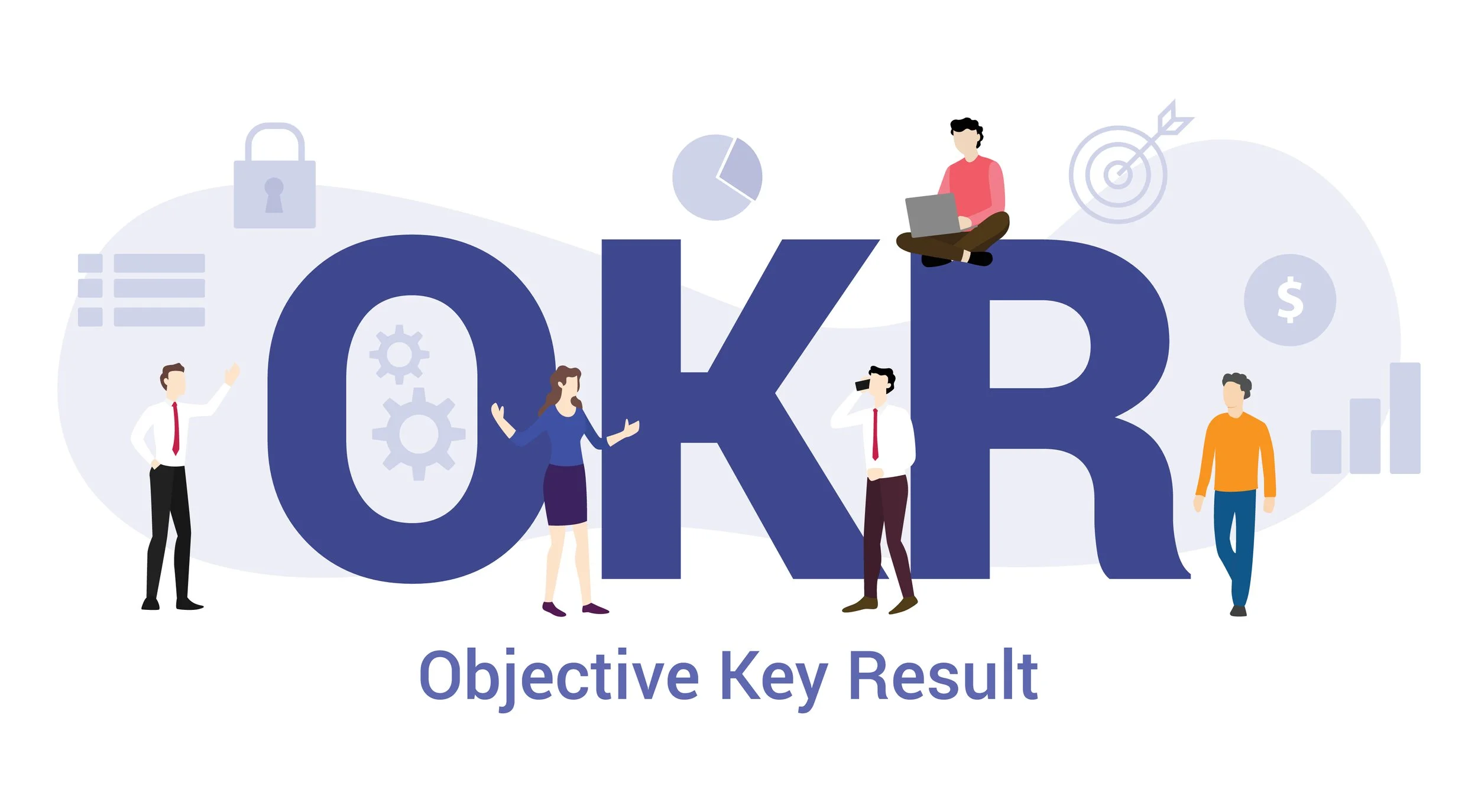OKR, or Objectives and Key Results, is a framework used by organizations, teams, and individuals to set strategic goals and measure progress in achieving those objectives. In the realm of technology companies and startups, OKR has become popular due to its significant benefits. In this article, we invite you to consider the adoption of OKR development as an effective tool in reaching your business goals.

One of the primary benefits of using OKR is the flexibility in planning. Companies can set overarching OKRs, which are then cascaded down to departments, teams, and individuals. This allows for customized planning according to the needs of each section, enabling everyone to focus on the established objectives.
Another advantage of OKR is its ability to help teams determine focus. With its simplicity, OKR frees team members from the burden of too many goals to achieve. They only need to concentrate on a few set objectives, making their efforts more effective.
Furthermore, involving team members in the creation of OKRs is crucial. This not only enhances individual accountability but also boosts their motivation. By being part of the OKR-setting process, team members feel more responsible and committed to achieving the desired results.
The formulation of OKRs is "I will ... (objectives) and can be measured by ... (key results)."
As an example, the main objective is to increase revenue by 10%, with key results such as identifying the “hero product,” increasing the number of revenue sources, conducting promotions, and focusing on marketing, especially through Instagram advertising. These OKRs can then be cascaded down to departmental and individual OKRs.
The focus of OKRs can be divided into four categories: activities, output, outcome, and impact. A good OKR will be able to connect the activities performed by team members with impact and the overall goals of the company. This will help team members identify which activities need to be prioritized and increase productivity levels.
However, despite OKRs appearing simple, challenges can often arise, such as goals being either too easy or too difficult, as well as ambiguity in OKR priorities. To overcome this, it’s important to engage in discussions and collaborate with involved team members, enabling the establishment of shared goals that can be more effectively achieved.
In the competitive business world, having effective tools to guide efforts and measure progress is key to success. OKR provides a robust framework for achieving accomplishments and turning grand visions into measurable steps. With Konstelasi Accelerator, we will help you structure and optimize your OKRs. So, don’t hesitate to implement OKRs in your business.


